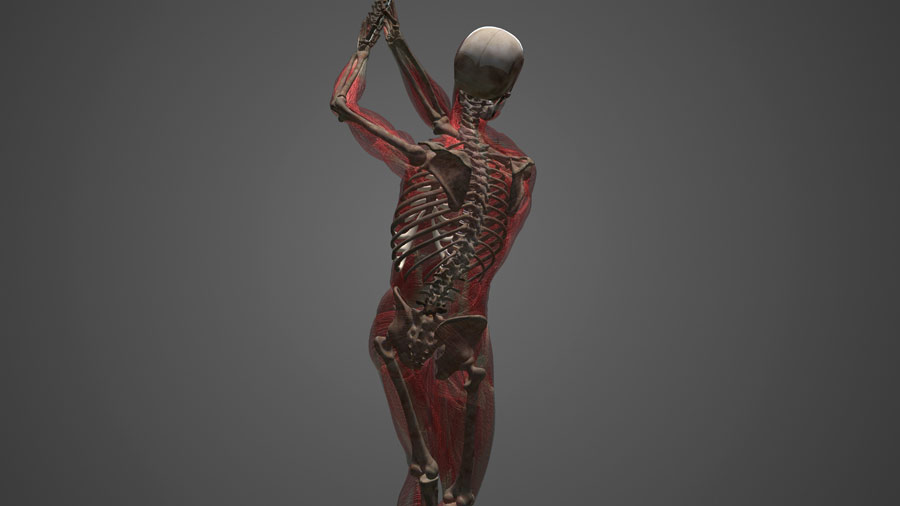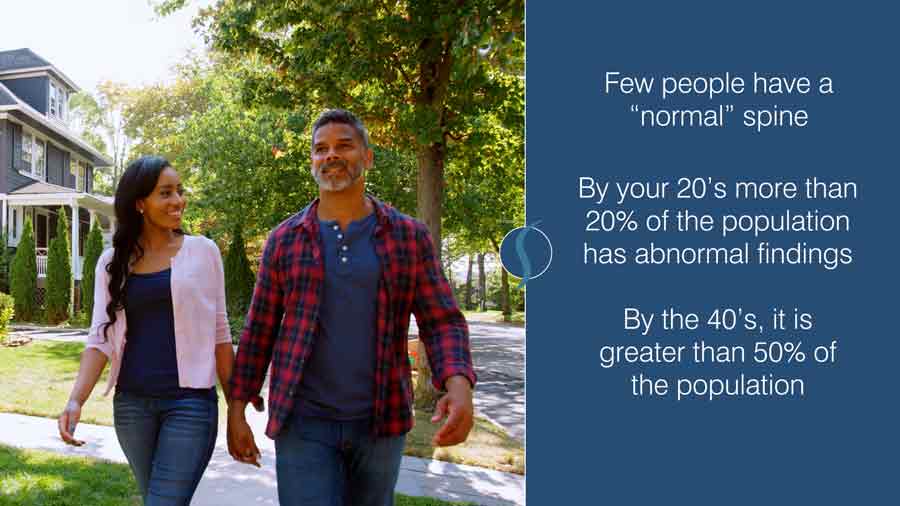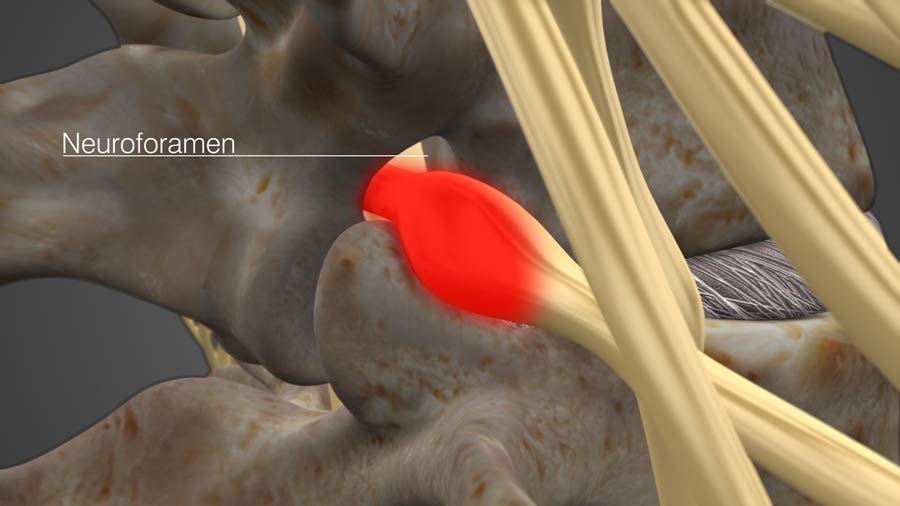Is Golf Bad For Your Back?
Is golf bad for my Back? The answer is yes. If you are a hard core golfer, you probably do not care. You might even be angry that I said this. Welcome to a conversation I have had 100’s of times during my career.
Despite the science, I cannot get my golfers to admit the golf swing is the cause of some back pain. Despite the risk of getting more spine surgery, I cannot get my golfers to stop or modify their golf play.
Frankly, Tiger Woods winning the 2019 Masters after having a spinal fusion was a miracle event. While I also rooted for Tiger, and I was awed by his win, I knew it would be a major disconnect from the advice I would give my golfing patients.

The golf swing is the most unnatural of activities. There are no work activities that mimic its effects on the spine. While many believe that golf is a low physical demand activity, the forces experienced by the spine include the twisting, the compression of the disc, and the side bending, is significant. The downswing happens in less than a second. That is a lot of torque and energy experienced by the spine.

Even In a healthy spine without any abnormalities, these are significant forces. In reality, very few people have what is considered a “normal spine”. We know that because by your 20’s more than 20% of the population has abnormal findings identified on testing. By the 40’s, it is greater than 50% of the population.
Well, what about you golfers? The demographics of golfing is that of the more mature population. That means it is highly likely that the spine of that golfer already has some wear and tear.
Look at the animation of the golf swing and the impact on the spine. We know there are significant forces that are experienced by the disks, ligaments, muscles, and the joints. In our more mature golfer, these parts of the spine are already worn out. They can be susceptible to injury during the swing.
In my prior video about tennis and back pain, we described the transfer of energy from the ground to the ball. The golf swing does have some similarities to the tennis swing. There is also a transfer of force from the ground to the ball. That transfer of force during the downswing generates more power when the body is able to smoothly transition. If there are restrictions secondary to wear and tear of one part of the body, it puts additional strains on the other components.

The rotation and twist can cause excess stress on the facet joints, which can lead to localized back pain. The asymmetry of pressure on the disc can cause transient narrowing of the neuroforamen, which can cause the pinched nerve sensation. The twisting can unwind the annular fibers, weakening the disc. The pressure on the disc can cause a new disc herniation.
So what does a golfer do? Frankly, I am not saying you should quit, as I would rather you stay active. Like tennis, golf is also a social sport, and the engagement with others is a very healthy benefit.
I recommend the following:
- Take lessons. A bad swing only causes more stress to the spine.
- Consider putting away the driver. Big swings, more force, more potential to cause injury.
- Hit from the shorter tee’s. Better to accept a few jokes from the young bucks, than have a severe sciatica attack.
- Take a drop when in the rough. One more stroke is better than a severe back ache.
- Make sure to warm up your muscles with a brisk walk before stretching.
- Work on core exercises including planks. Consider yoga, pilates, or tai chi.
- Light weight lifting can increase your muscle mass, and provide protection during your over aggressive swings.
To my golfers, accept that the swing can cause some pain. Then take steps to minimize the change of a back injury. Enjoy your game. Stay healthy, and stay active.
Last modified: January 27, 2021










Thanks for the great article, Dr. Shim. I am a first-year medical student who just picked up golf and love hitting a bucket a couple of times a week. I’m dedicated to perfecting my form from the very beginning and have been weight lifting on a regular basis for years now. Any other advice for youngins like me to prevent injuries in the future?
Thanks for the comment. Make sure to stretch, not gain weight (unfortunately, not an easy thing as you age), and work on lower impact cardio. Good luck on your career!
One question. In your opinion would a MRI be indicated? Or helpful to understand what’s going on?
I am seeing my surgeon’s PA monthly for pain management of opioids.
5mg hydrocodone 5x daily plus acetaminophen.
MRI’s can be helpful, but also be expensive and identify normal aging processes that can be confused as a source of pain. Please discuss with your doctor.
Thanks for this article. I’m 71. Avid golfer. I played yesterday and the back pain was nearly too much.
I got a S1-L5-4 open fusion 6 years ago. 3years ago, L4-3 minimal invasion fusion.
2 years ago left hip replacement.
I have to make a decision….
But after reading this, I will see a reputable PT. And then if I can, a golf pro specializing in swing kinetics.
Wish me best….
I can never get any of my golfers to quit golf, so the second solution is to see a therapist who understands golf and pain, and to consider a lesson with a pro who has had back pain. Good luck!